SEARCH






|
|
|
|


Generative AI makes us re-examine the essence of photography.
As a form of contemporary art, photography has long been beyond simply recording the reality of the world. If one of the essences of photography is to express emotions, awaken people’s consciousness, and thus inspire people, can AI also achieve this purpose?
Photographer Michael Brown is a professional journalist and documentary filmmaker, and has been a photographer for National Geographic magazine since 2004. In April 2023, Brown used Midjourney to generate a series of AI pictures called "90 miles", which reproduced the Cubans' escape from Havana across the 90-mile strait to Florida in the form of realistic photographs.

“90 miles“. Generated on Midjourney, by Michael Brown.
Brown's "90 Miles" caused a big uproar in the international photojournalism community, and fierce debate ensued between supporters and opponents. However, in any case, (generative) AI has had a significant impact on photojournalism. How to use AI technology correctly will be a question that all photographers need to think about together.
As Brown himself said: “I share many of the common thoughts, concerns and opinions about AI, but there is no getting around that the technology is here. So how do we constrain it while using it to tell stories, especially stories impossible to photograph, that might generate empathy and awareness of important issues?”

"The bombing of London on September 7, 1940 (I)". Generated on Midjourney, by Yan Zhang.

"The bombing of London on September 7, 1940 (II)". Generated on Midjourney, by Yan Zhang.
In the current photography world, except to a few specific photography categories, such as photojournalism, geographic, nature, etc., where authenticity of the real world is key to reflect in the photographs, many other photography categories, such as black and white, landscape, architecture, creativity, etc., are mostly attributed to the generic type of artistic photography, for which the artistic post processing is a very important part of the overall creative process of this type of work.
As time goes by, people will become more open to accept AI generated art, and more and more photographers (especially new generation photographers) will use generative AI technology in their photography processes. This will objectively reshape the art of photography in the traditional sense, thus forming a large category of "AI art photography".

A still photography work or an AI generated image?
Before CAI (Content Authenticity initiative) is fully implemented in the entire photography industry (if there is such a day), since we cannot distinguish between traditional art photography and art photography involving AI components (without verifying the original RAW file), this will mostly result in a blurred boundary between traditional art photography and AI art photography.

A minimalist photograph or an AI generated image?
Although generative AI is having a huge impact on photography, it does not mean that photography will disappear. On the contrary, photography, as a form of artistic expression, will progress towards diversification.
Photography categories such as photojournalism, geographic and nature will continue to exist in their current form, because the human nature of pursuing the real world will not change. This type of photography will not be influenced by generative AI technology due to its special requirement for verifying original RAW files. We might as well call this type of photography as "pure photography".
All other photography categories that people are currently familiar with will inevitably be affected by AI technology. More traditional photography artists will actively or passively start to use AI technology. As a such, more photographic works will contain AI components in near future.
Faced with these challenges, I believe that most mainstream photography competitions will eventually add an "open format" category to accept AI generated works or works containing AI generated elements to participate in the competition. In this way, existing art photography will also be further divided into two classes: traditional art photography without AI components and "AI art photography", and the popularity of AI art photography is likely to increase rapidly.
As mentioned before, the boundaries between traditional art photography and emerging AI art photography are not very clear. In most cases, we can only trust what the photographer himself/herself declares whether his work does or does not contain AI components.
In terms of commercial photography, the impact of AI on the existing commercial photography market should not be underestimated. Media and industries that rely on commercial photography, such as fashion magazines, commercial advertisements, etc., are likely to turn to low-cost AI generated images, which will be a big challenge for professional photographers who make a living from commercial photography.
Whether we like it or not, the AI era has arrived. As photographers, we should embrace AI rather than reject it. Perhaps photographer Michael Brown’s choice will give us some inspiration: insist on being a photographer in the traditional sense, but also embrace AI to open up a new creative world.
Zhang Yan is a professor of artificial intelligence at Western Sydney University in Australia and has been undertaking AI research for 30 years.
Zhang Yan is also a passionate natural landscape photographer, an outdoor and mountaineering enthusiast. He is dedicated to mountain photography, integrating extreme mountaineering into his landscape photography journey, and has captured unparalleled mountain sceneries around the world.
In 2022, Zhang Yan’s mountain photography work "Breaking Dawn" won the first place in the landscape category of Australian Geographic Nature Photographer of the Year Competition.
 | Write |
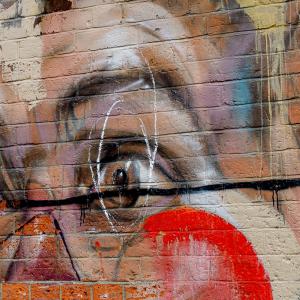 | Chris Hamilton PRO Thought provoking I think we are all contemplating our future paths. |
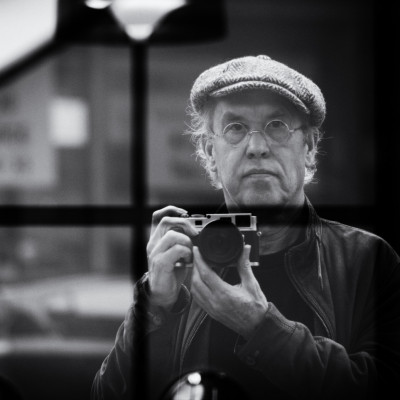 | Hans Martin Doelz CREW Photography is becoming more diverse.
No.
I think this statement is wrong.
It is not photography that is becoming more diverse.
At most, what we know as "pictorial representations" such as photos, paintings, drawings, graphics, algorithmic painting, etc. is becoming more diverse. This is now being expanded to include a new type of creation through the introduction of AI. Just as graphics or drawings are not photographs, the images generated with the help of AI (let's call it promptography) are not photographs either. |
 | Miro Susta CREW Fully agree with you Hans Martin |
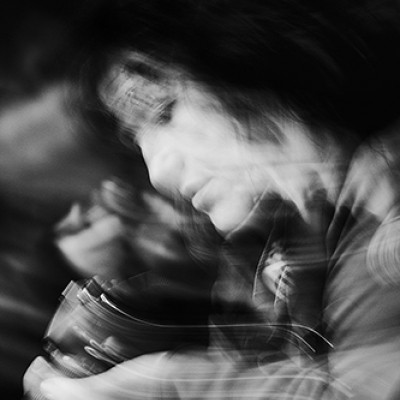 | Elena Raceala CREW Agree with you! |
 | Giuseppe Satriani PRO I think Zhang Yan very interesting articles are for making averyone reflecting; open the black box of AIgraphy that many photographers would like to destroy with atomic bomb! His very open minded approach suggests us something that is inescapable in the visual arts field and which we would all do well to admit, to include in our creative process as we did many years ago with digital photography....I invite anyone to give their opinion without waiting for Yan summary because we don't know if Yan wants to do it and I believe there is no need.... |
 | Miro Susta CREW I wish just remind to my comment to Part 4 which is generally in line with Udo comment. |
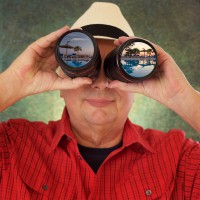 | Udo Dittmann PRO Hello Yan,
That was the 6th and final part of your work "Generative AI and Photography" - and what happens now?
Will you summarize all our comments so we can discuss further?
Will there now be a statement from the 1x management about further planning with regard to planned permitted AI categories?
Or what was your goal with this very good and detailed work?
I am very excited ... |
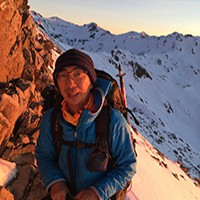 | Yan Zhang CREW Dear Udo, this is the last part of the article. I need to say that I am not in a position to make any statement on behalf of 1x management. Whether there will be a new AI category or not, I don't know, it will totally depend on the 1x founders and other relevant crew members' opinions.
But what I can say is: AI researchers are continuously pushing the boundary rapidly, more AI models such as Luma (https://lumalabs.ai/dream-machine) have been released recently for AI generative arts. Now no matter we like or dislike, many traditional arts (not just photography) will be (probably is being) greatly influenced by generative AI. Currently I am doing the research on the topic "AI and the Future of Photography", which is also a topic of an invited talk I will present sometime in August 2024. |
 | Miro Susta CREW Dear Yan, I don't like to comment on these 6 articles again, but I'd expect a proper summary/conclusions and not only notice for future talk..... |